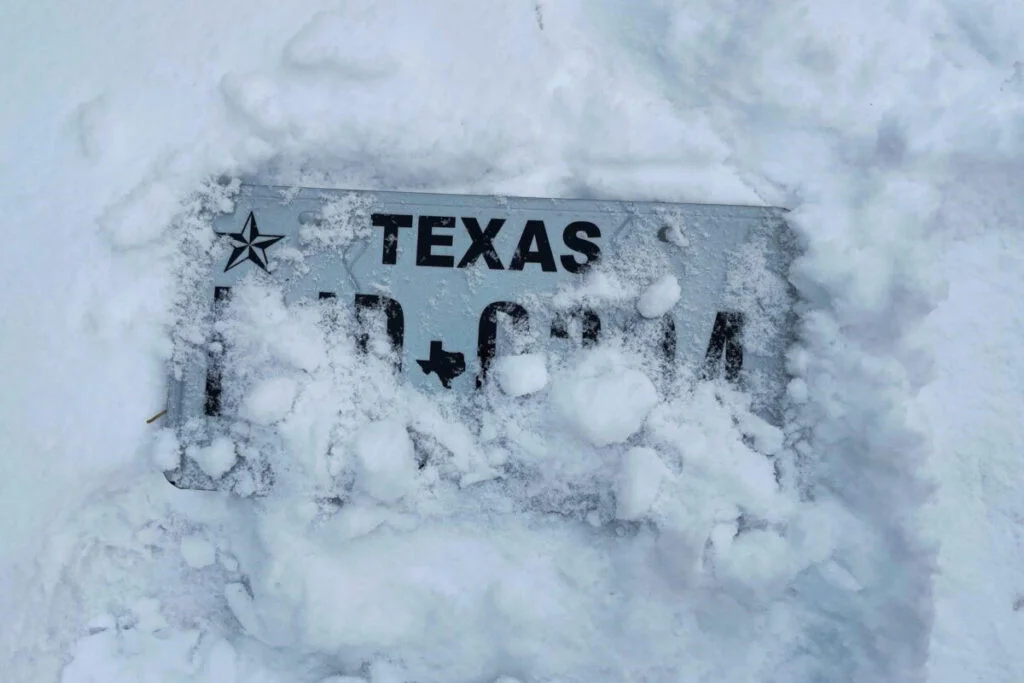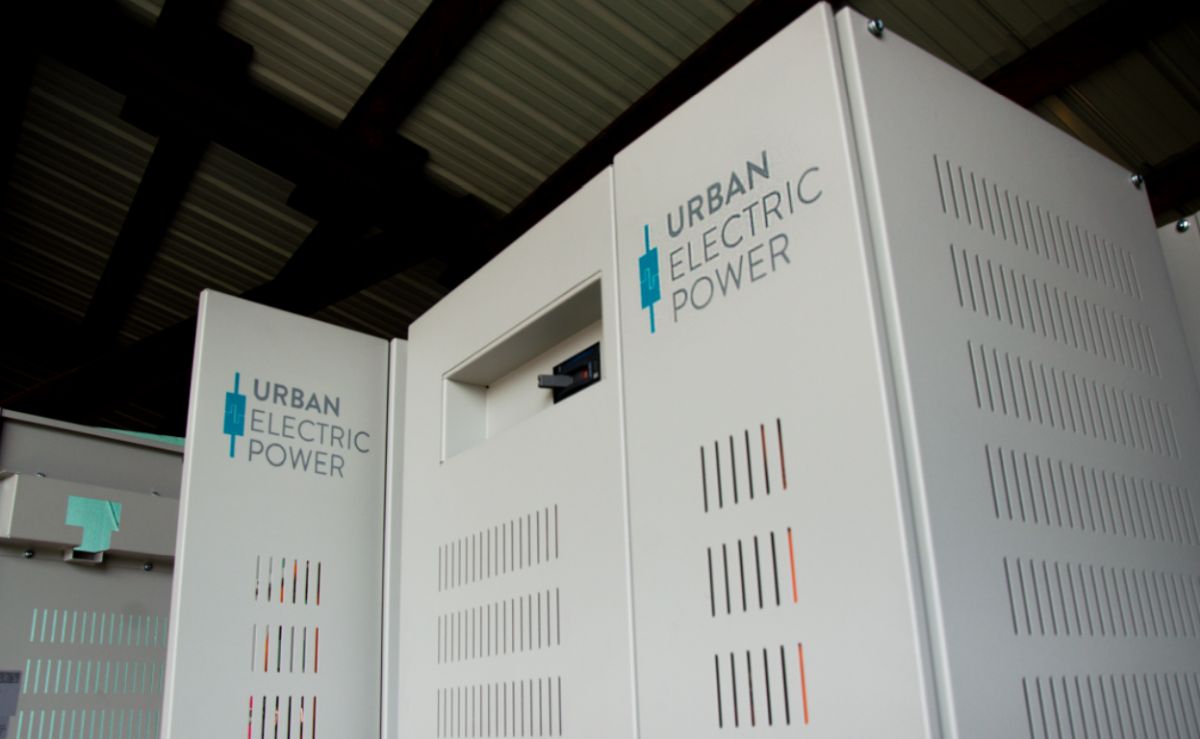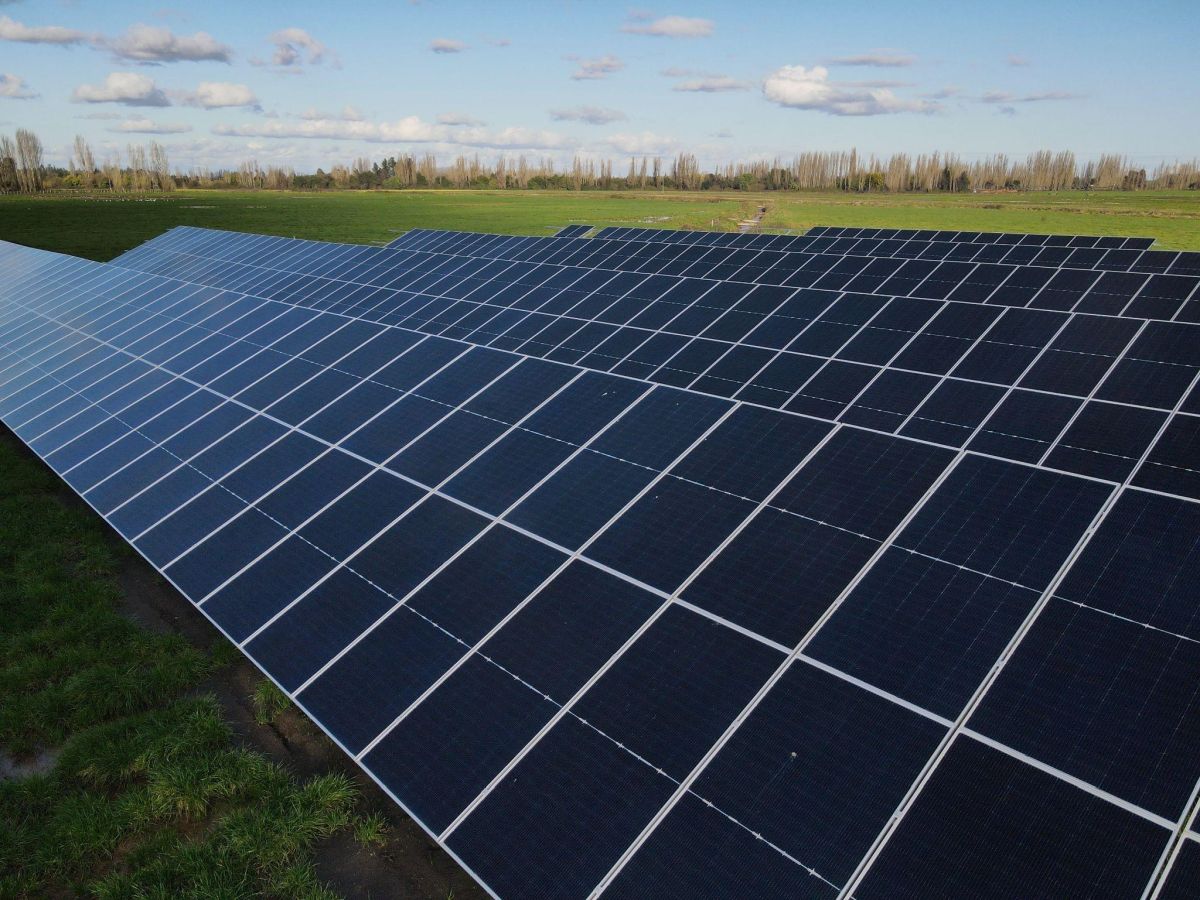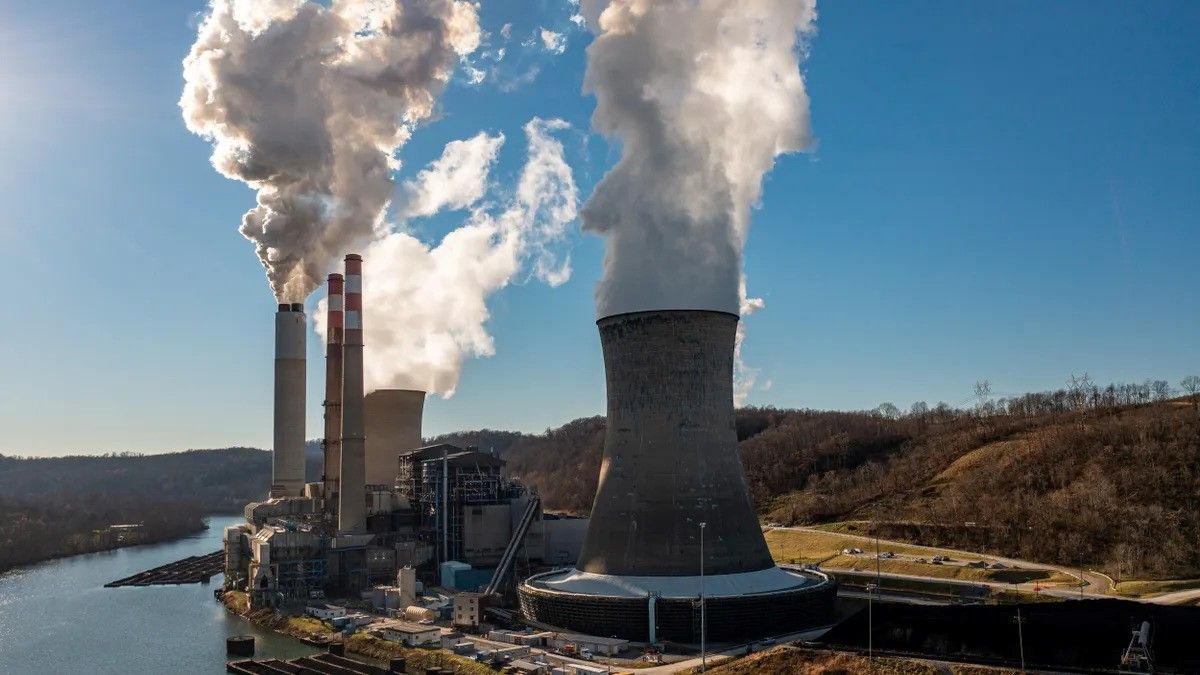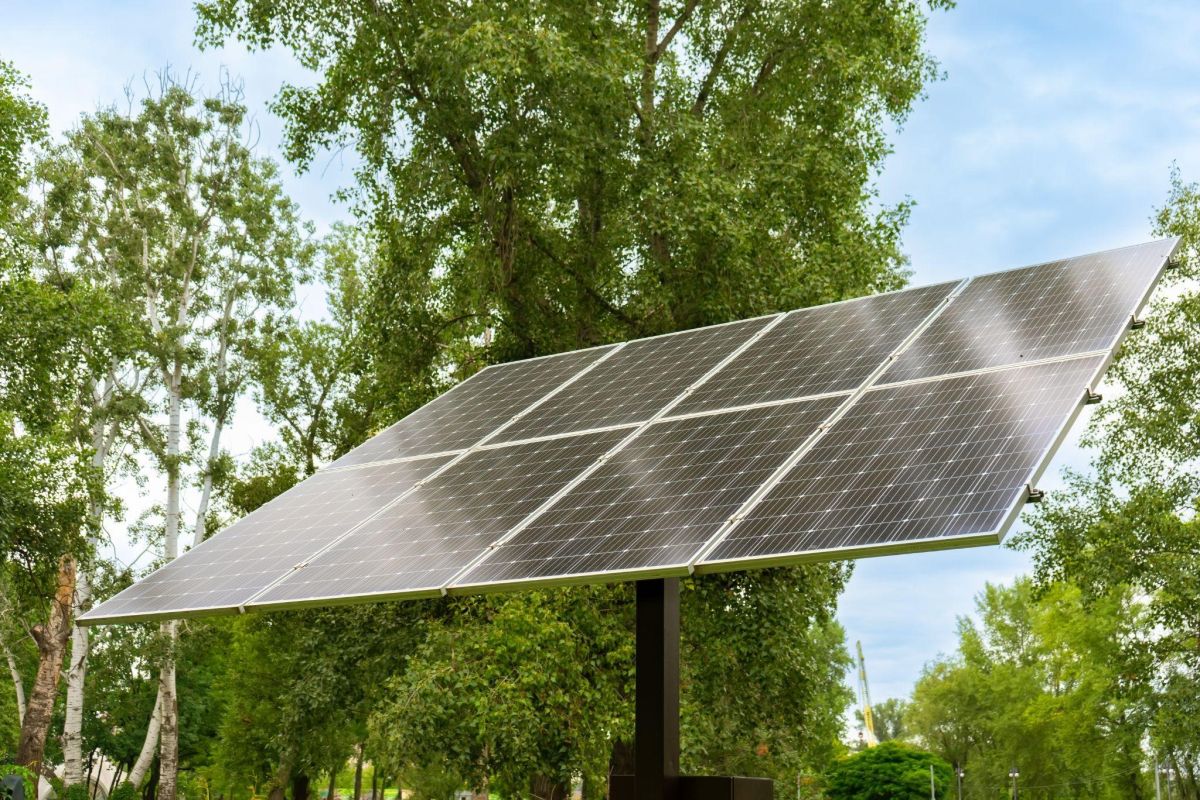WWW.UTILITYDIVE.COM
Looking ahead, the grid operator said it believes there is “tremendous potential in expanding demand response capabilities” to help keep the Texas grid reliable.
Dive Brief:
- The grid operator for most of Texas on Friday canceled plans to procure up to 3,000 MW of capacity to ensure reliability this winter, after finding no power plants willing provide the additional operating reserves.
- Despite the canceled request for proposals, the Electric Reliability Council of Texas market “is not projecting energy emergency conditions this winter season,” ERCOT President and CEO Pablo Vegas said in a statement. The procurement was intended to be “an extra layer of precaution,” he said.
- ERCOT’s RFP was supposed to entice shuttered power plants to restart, but instead the grid operator received demand response offers for just 11 MW. Experts say demand reductions and energy efficiency could help stabilize the Texas grid more cheaply than building new generation sources.
Dive Insight:
ERCOT canceled its RFP “due to the limited response from the market,” but power experts say there were also concerns regarding cost and the grid operator’s authority to procure the additional capacity without authorization from the Public Utility Commission of Texas.
PUCT Commissioner Will McAdams expressed concern about potential costs and the grid operator’s authority in a Nov. 1 memo. And in a 3-1 vote on Nov. 2, the commission took steps to limit the cost of ERCOT’s planned procurement.
Canceling the RFP was a “smart move” by ERCOT, Texas energy analyst Alison Silverstein said in an email.
“The PUC made it pretty clear that they didn’t think ERCOT had the authority to acquire and pay for all this extra capacity, and they also made it quite clear that they would not let ERCOT pay much for additional capacity,” Silverstein said. “And the market made clear that most of the zombie power plants and other resources ERCOT was asking to show up weren’t going to do so.”
But Silverstein also said ERCOT’s reasons for canceling the notice are “puzzling.”
According to ERCOT, it issued the RFP after finding a 20% chance of entering emergency operating conditions if the region experienced a storm similar to last year’s Winter Storm Elliott. But in canceling its request, the grid operator said it had “weighed factors such as the costs of the program, including costs of administration, and the incremental additional complexity for the control room operators against the very small amount of capacity that could be provided.”
Experts say regulators and the grid operator should be looking to energy efficiency and demand response, both of which can be developed faster than new power plants can be constructed.
“A reliable grid is possible if we can tap into the demand side,” energy market analyst and Stoic Energy President Doug Lewin tweeted. ERCOT’s RFP included demand response, but the six-hour duration specified in the request limited responses, he said.
“ERCOT also tried to get decommissioned power plants to come back,” Lewin said. “Well, the zombies didn’t show up. It was fairly obvious that wasn’t going to work.”
ERCOT said it will look at the market’s response and consider more demand resources in the future.
“Regardless of the market response today, ERCOT firmly believes that there remains tremendous potential in expanding demand response capabilities throughout the industrial, commercial, and residential customer classes,” the grid operator said in a statement.
“In the interim, ERCOT will continue to advance its winter preparedness through the many reliability programs and tools we have available,” Vegas said.
Texas lawmakers, regulators and ERCOT have been working to improve power reliability since Winter Storm Uri in 2021 led to widespread blackouts and 246 deaths. Market rule adjustments, new reliability products and winter weatherization requirements have been put in place since then. And on Nov. 7, voters approved a new Texas Energy Fund to provide billions in low-interest loans for the construction of gas-fired power plants and other grid modernization efforts.









